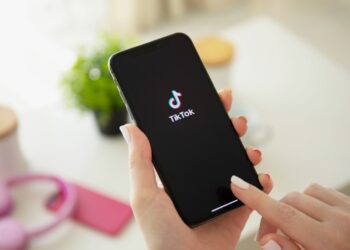
Artificial Intelligence (AI) has transformed smartphones into intelligent companions, raising the question: Are AI-powered phones truly revolutionary, or is this just another tech hype? With major brands like Apple, Samsung, and Google integrating advanced AI into their devices, it’s crucial to examine how AI impacts functionality, user experience, and the future of mobile technology. This article explores the capabilities, benefits, limitations, and real-world applications of AI in smartphones to determine whether they live up to the excitement.
A. Understanding AI in Smartphones
AI in phones refers to machine learning algorithms that enable devices to perform tasks that typically require human intelligence. Key AI applications include:
-
Voice Assistants (Siri, Google Assistant, Bixby)
-
Camera Enhancements (Scene recognition, night mode, portrait effects)
-
Predictive Text & Smart Replies
-
Battery & Performance Optimization
-
Security Features (Face unlock, fraud detection)
AI processes data locally (on-device AI) or via cloud computing, balancing speed and privacy.
B. How AI Enhances Smartphone Capabilities
1. Smarter Photography
AI-powered cameras analyze scenes in real-time to adjust settings automatically. Examples:
-
Night Mode – Brightens low-light photos without noise.
-
Portrait Mode – Simulates DSLR-like bokeh effects.
-
Object & Scene Recognition – Identifies food, landscapes, or documents for optimal shots.
2. Voice & Language Processing
AI improves voice assistants and translations:
-
Real-Time Translation (Google Pixel’s Live Translate).
-
Context-Aware Suggestions (Predicting calendar entries from messages).
3. Performance & Battery Optimization
-
Adaptive Battery (Prioritizes frequently used apps).
-
Thermal Management (Prevents overheating during gaming).
4. Enhanced Security
-
Biometric Authentication (Face ID, in-display fingerprint sensors).
-
Anomaly Detection (Spotting malware or phishing attempts).

C. Limitations & Challenges of AI Phones
1. Privacy Concerns
-
AI requires data collection, raising surveillance fears.
-
Cloud-based AI risks data breaches.
2. High Costs
-
Flagship AI phones (e.g., iPhone 15 Pro, Galaxy S24) are expensive.
-
Budget phones offer limited AI features.
3. Overhyped Features
-
Some AI tools (e.g., AR filters) are gimmicky rather than useful.
-
Not all promised features work flawlessly.
4. Dependency on Internet
-
Cloud AI features require stable connectivity.
D. Real-World Applications: Is AI Worth It?
1. Productivity Boost
-
AI Note-Taking (Summarizing meetings, organizing tasks).
-
Smart Calendar (Auto-scheduling based on emails).
2. Health & Accessibility
-
Fall Detection (Emergency alerts for seniors).
-
Voice Commands for Disabled Users.
3. Gaming & Entertainment
-
AI Upscaling (Enhancing graphics in real-time).
-
Personalized Content Recommendations.
E. Future of AI Phones: What’s Next?
-
On-Device AI – Faster processing without cloud reliance.
-
Generative AI – Creating text, images, or code directly on phones.
-
Emotion Recognition – Adjusting UI based on user mood.

Conclusion
AI smartphones offer groundbreaking features but aren’t flawless. While they enhance photography, security, and efficiency, privacy issues and high costs remain concerns. As AI evolves, future phones may become indispensable—but for now, they’re a mix of revolution and hype.















